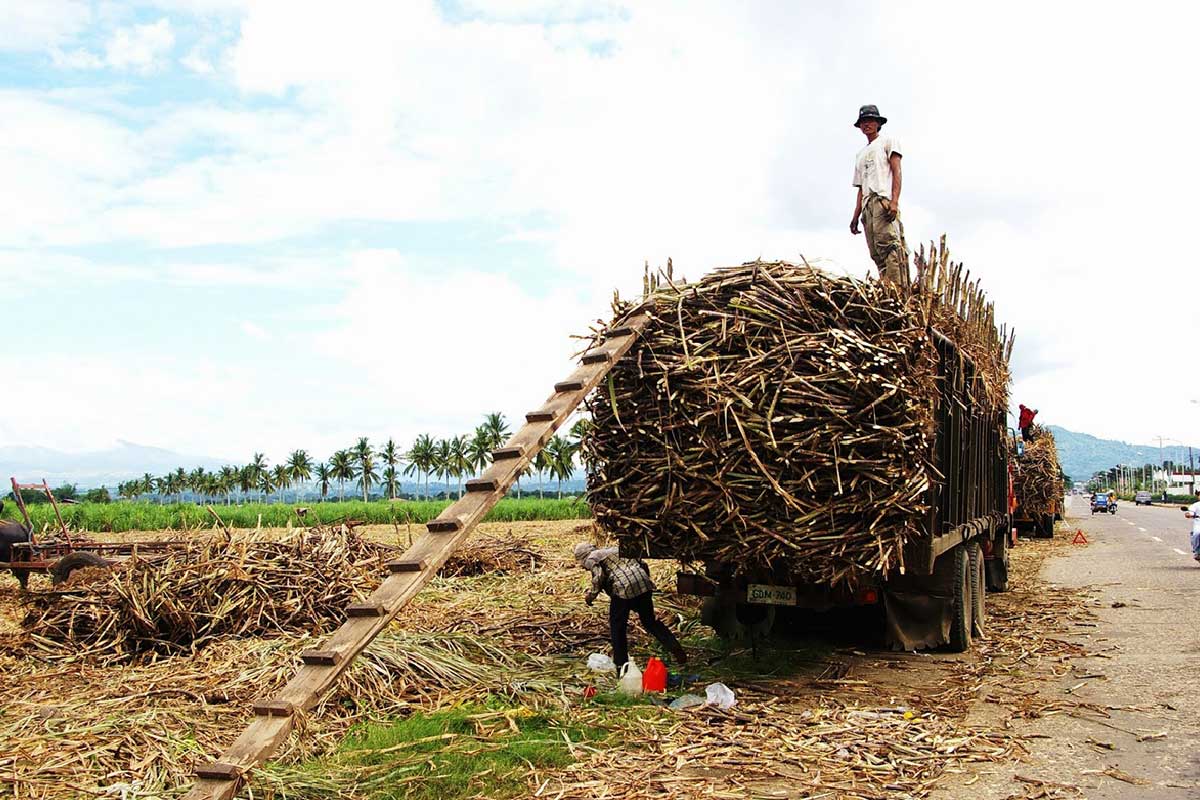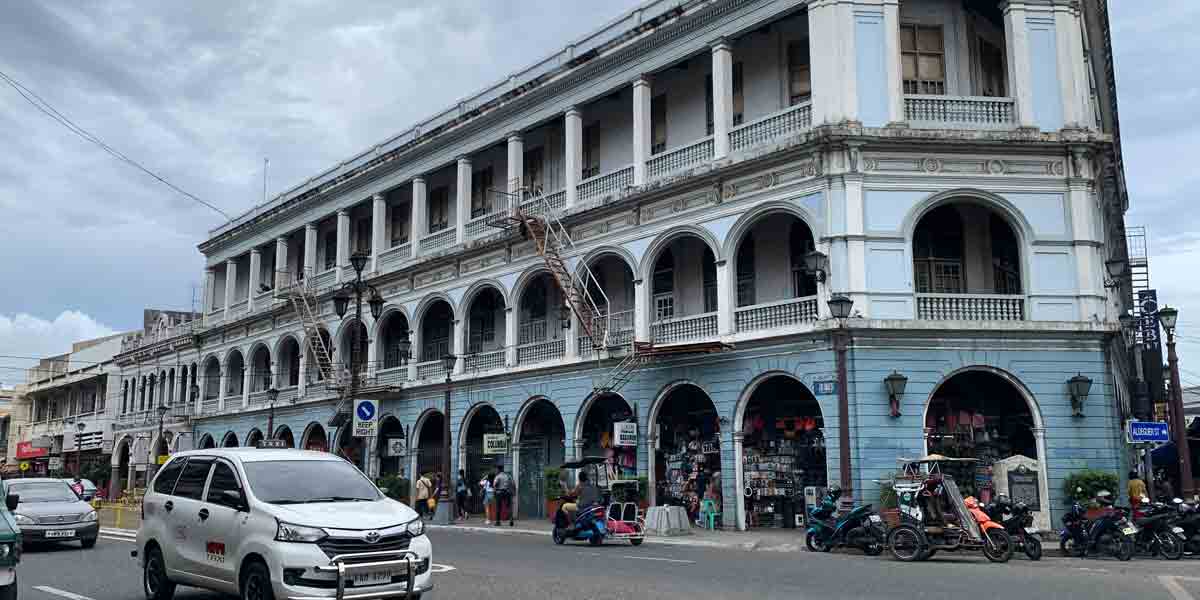
By Francis Allan L. Angelo
A member of the Sangguniang Panlalawigan of Iloilo hailed the Sugar Regulatory Administration (SRA) for heeding the call of local sugarcane farmers to stop the exportation of sugar to the United States.
Iloilo 3rd District Board Member Matt Palabrica was referring to Sugar Order No. 1-A, Series of 2020-21, which amended Sugar Order No. 1, Series of 2020-21.
The latest SRA order issued on March 29, 2020 increased class ‘B’ sugar, or the allocation for the domestic market, from 93 percent to 100 percent. The order took effect April 4.
This means that the Philippines will no longer set aside class ‘A’ sugar or the allocation for the US market.
Local sugarcane farmers have been up in arms against the US allocation, which is sold at a lower price of P250 per bag (P7,000 per metric ton).
“The sugarcane farmer is losing 350 pesos per 50-kilos bag of sugar classified as ‘A’ sugar exported to the United States,” Palabrica said in a press statement.
The rather “lopsided” situation prompted the SP to unanimously pass on October 6, 2020 a resolution authored by Palabrica which urged Pres. Rodrigo Duterte, Agriculture Sec. William Dar and the SRA to end the exportation of cheap sugar to the US to protect local farmers.
“I believe that the resolution passed by the Sangguniang Panlalawigan helped in the recent decision made by SRA,” Palabrica said.
He also believes that the decision of SRA to retain all sugar stocks for the domestic market will help sugarcane farmer, especially those in Iloilo, and will improve their income.
Earlier, the Confederation of Sugar Producers Association, Inc. and National Federation of Sugar Planters had expressed their concern that the total sugar production this year will not be enough and would not be sufficient for local demand.
SRA Administrator Hermenegildo R. Serafica somehow agreed with the point of sugarcane producers saying the impact of the La Niña phenomenon was worse than initially projected, with heavy rains and flooding in sugar producing areas like Negros Occidental.
“La Niña was more severe than initially expected that it brought heavy rains in all sugar producing regions even flooding in several sugarcane fields in Negros Occidental in particular, Silay, EB Magalona, Victorias, Manapla and Cadiz and from the latest report of Pagasa (Philippine Atmospheric, Geophysical and Astronomical Services Administration), La Niña is expected to last longer than previously reported,” the order said.
Because of La Niña, “sugar content in cane determined through 50-kilogram bag sugar per ton cane (LKg/TC) is substantially lower, from the 1.97 LKg/TC estimated national average for the crop year in SRA’s Pre-Milling Estimate to 1.71 LKg/TC actual national average as of March 14,” the order added.
The United States Department of Agriculture also projected sugar output in the Philippines to hit 2.19 million MT production for crop year 2020-2021 but warned La Niña could moderately lower the production that may result in higher tonnage of sugar canes but lower in sugar content.
The country recorded 2.07 million MT for crop year 2018-2019 and 2.15 million MT for 2019-2020.
A report by BusinessWorld said that because of La Niña, Serafica revised the SRA’s sugar output for crop year 2020-2021 to 2.101 million metric tons (MT), a 4.1% decline versus its previous estimate of 2.190 million MT.
The sugar crop year in the Philippines runs from September to August of the succeeding year. At the beginning of every crop year, the SRA estimates sugar output and allocates quotas for domestic and export markets.
National Federation of Sugarcane Planters President Enrique D. Rojas said in a separate statement that the SRA’s decision will translate to more favorable sugar prices because producers will not need to set aside any sugar for the US market.
“This is welcome news for our sugarcane planters since traditionally, sugar output for the US market fetches a lower price than “B” sugar. I also asked the SRA to closely study the projected consumption, considering the drop in demand because of the pandemic,” Rojas said.
“Once we have a clear picture of the projected demand, we should also conduct a rigid inventory of actual sugar stocks to determine if we really have a shortage. We can ascertain the exact volume of the projected shortage,” he added.
The Department of Agriculture estimates the retail price of refined sugar to range between P48 and P60 per kilogram, washed sugar P43 and P55, and brown sugar P40 to P55.
The suggested retail price for refined sugar is P50 per kilogram, washed sugar P45, and brown sugar P45. (With a report from BusinessWorld and Bert Ladera)



















